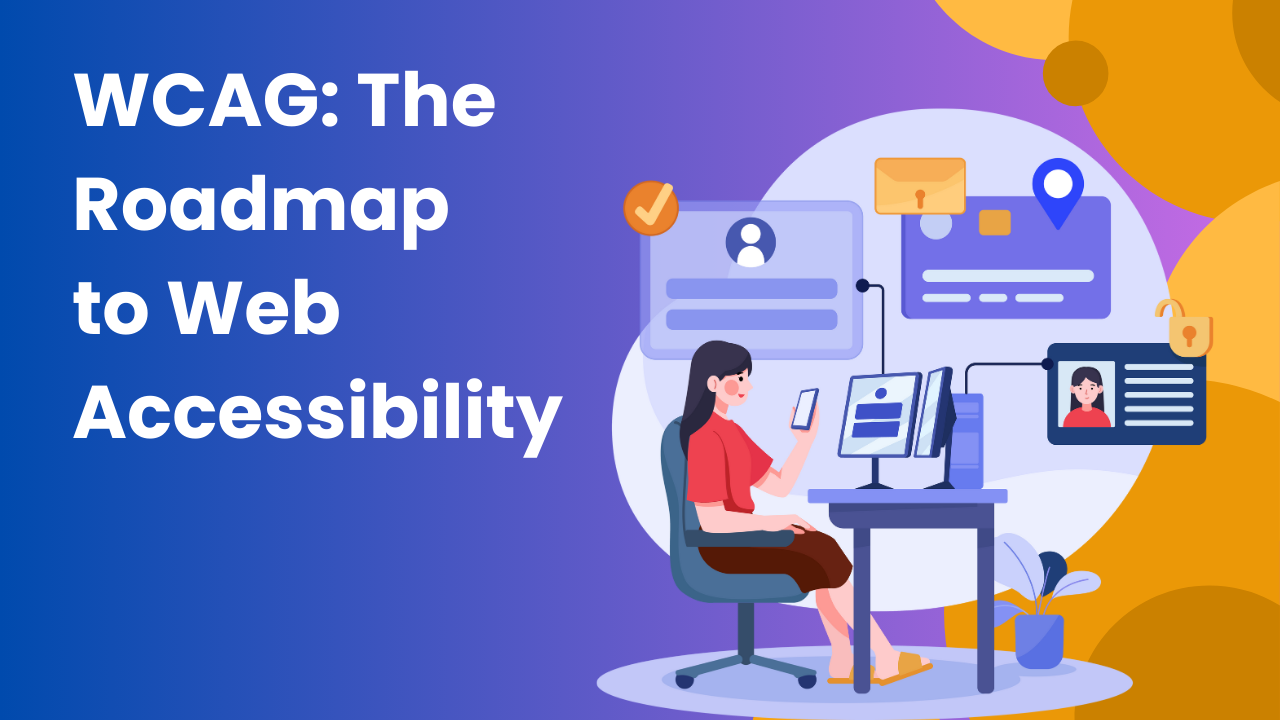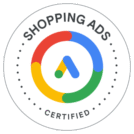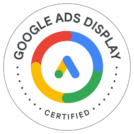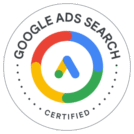WCAG: The Roadmap to Web Accessibility
The online world has become more important today than ever. It has become an indispensable part of human life, and therefore, making the online experience accessible and inclusive is even more important. A high percentage of the population is affected by disability, and an online experience should be accessible irrespective of ability. Thus, WCAG has emerged as the hallmark of making web design more inclusive. Here is a closer view of WCAG, why web accessibility is important, and how small businesses can implement this principle with a dedicated website development service.
What is WCAG?
WCAG stands for Web Content Accessibility Guidelines. It is a set of technical guidelines intended to make websites and other online content more accessible to people with disabilities. Developed by the W3C, WCAG places its emphasis on principles intended to enhance usability for users in general while helping assist people with visual, auditory, motor, learning, cognitive, and neurological disabilities. Meeting these standards guarantees that such a business\’ online offering is not only accessible but, also compliant. Why Is Web Accessibility Important for Small Businesses?
Creating accessible websites becomes a necessity for web design for small businesses mainly because many small businesses are operating in local markets, and the potential customers are going to have some sort of disability. It enlarges your customer base, creates a better user experience, and even enhances your position in search engines, as accessible websites are becoming more favorable to search engines. And it is the right thing to do because it indicates that your business values everybody\’s inclusion.
Four Foundational Principles of WCAG
WCAG is formed on four main principles collectively known as POUR – Perceivable, Operable, Understandable, and Robust. Here are these in a bit more depth:
- Perceivable: All information on a site, including text, images, and multimedia, ought to be provided in methods that users can perceive them. This can be using alt text on images and/or videos with captions.
- Operable: Navigation and interface of websites must be accessible through a keyboard, mouse, or any other assistive technology as possible for people with limited mobility.
- Perceivable: Web pages should be readable and accessible. Content and interface must be consistent, avoiding the overly complex structure or jargon that might confuse the users.
- Robust: Websites must be compatible with the widest range of technologies including assistive tools such as screen readers.
Implementing WCAG through a Website Development Service
Applying WCAG can be very challenging, especially for those businesses that do not have an in-house web development team. This is where a professional website development service can help. When working with a local web designer or a local website designer, you can rest assured that your website will be designed with accessibility in mind right from the start, avoiding expensive retrofitting later on.
Some of the key areas where web designing services can implement the criteria include:
- Text Alternatives: Adding alternative text in images so that even in their absence, screen readers might be able to interpret for any visually challenged user.
- Audio and Video Captions: Recording speech in videos allows such a transcription into written language that deaf and hearing-challenged users would interpret and understand multimedia content.
- Keyboard Access: All functionalities of the website should be accessible through a keyboard. It is very helpful for the user with a motor disability.
- Readable Content: Simple, easy structure and making the text content understandable to users of all literacy levels.
Benefits of Accessibility for Website Design Services
If a website design service includes WCAG, it delivers an experience that is universally accessible. This benefits not just those with disabilities but also provides a better user experience because websites that are accessible tend to be more organized, easier to use, and mobile-friendly. Improved usability of a website can decrease bounce rates and enhance user engagement, making accessibility an investment that pays for itself in customer retention and potential new business.
Key WCAG Levels: A, AA, and AAA
WCAG has three levels of accessibility. Each level has a different grade of accessibility.
- Level A: This is a bare minimum of features of accessibility; this is the most basic level for ensuring access by some users.
- Level AA: Focuses on removing all common barriers that are preventing or discouraging disabled people from using their products; aims at creating a much more inclusive experience.
- Level AAA: This is the most web-accessible that anyone would be able to make in terms of designing their websites; this means everyone has access, no matter their form of disability.
Reaching Level AA is really both easy and rewarding to many small businesses. You would do well by a local website designer who makes these distinctions and you have choices on how you optimize it.
Local Website Designers: Valuable Resources to Small Business
A local web designer brings technical know-how along with cutting-edge local market savvy that is useful for smaller businesses. He would ensure that accessibility standards or standards of WCAG guidelines are actually followed while keeping the identity of your brand in mind. A local designer means they\’re there to be called up whenever you want them to offer support, advice, and updates on changing accessibility requirements regarding the web.
Accessible Websites Boosting SEO
An accessible website is often an SEO-friendly website. Since WCAG compliance has to do with clean and well-structured code, optimized content, and easy navigation of the pages, it closely aligns with many of Google\’s ranking factors. In simple words, the same elements that make a website accessible help in improving the search engine visibility of that website as well. Professional website design services help small businesses get a balance between accessibility and SEO, which in turn supports traffic and user engagement.
Role of Web Design Service in WCAG Compliance
Achieving WCAG compliance requires a lot of expertise, attention to detail, and an understanding of both design and usability. A web design service specializing in accessibility can do everything from initial design planning to testing and implementation. They can also keep your website updated as the standards of WCAG are revised so that you will remain continuously compliant and have a better user experience.
In a nutshell: Added value for small businesses in accessible web design
Accessible web design investment is not so much about compliance for the small business, but instead an opportunity to serve the broader audience and establish that inclusive brand image. And having a professional website development service implement the WCAG standards will improve usability, SEO, and commitment to the values of access.
Whether you are a small business owner or just a startup looking to take your online presence to the next level, choosing a local website designer who understands WCAG can make all the difference. Not only will you ensure that your site is accessible to all users, but you will also be adhering to best practices that improve overall site performance. Accessible websites benefit everyone, creating a smoother experience for users of all abilities and making the internet a more inclusive space for all.
Transform Your Website – Start Your Accessibility Journey Today!






